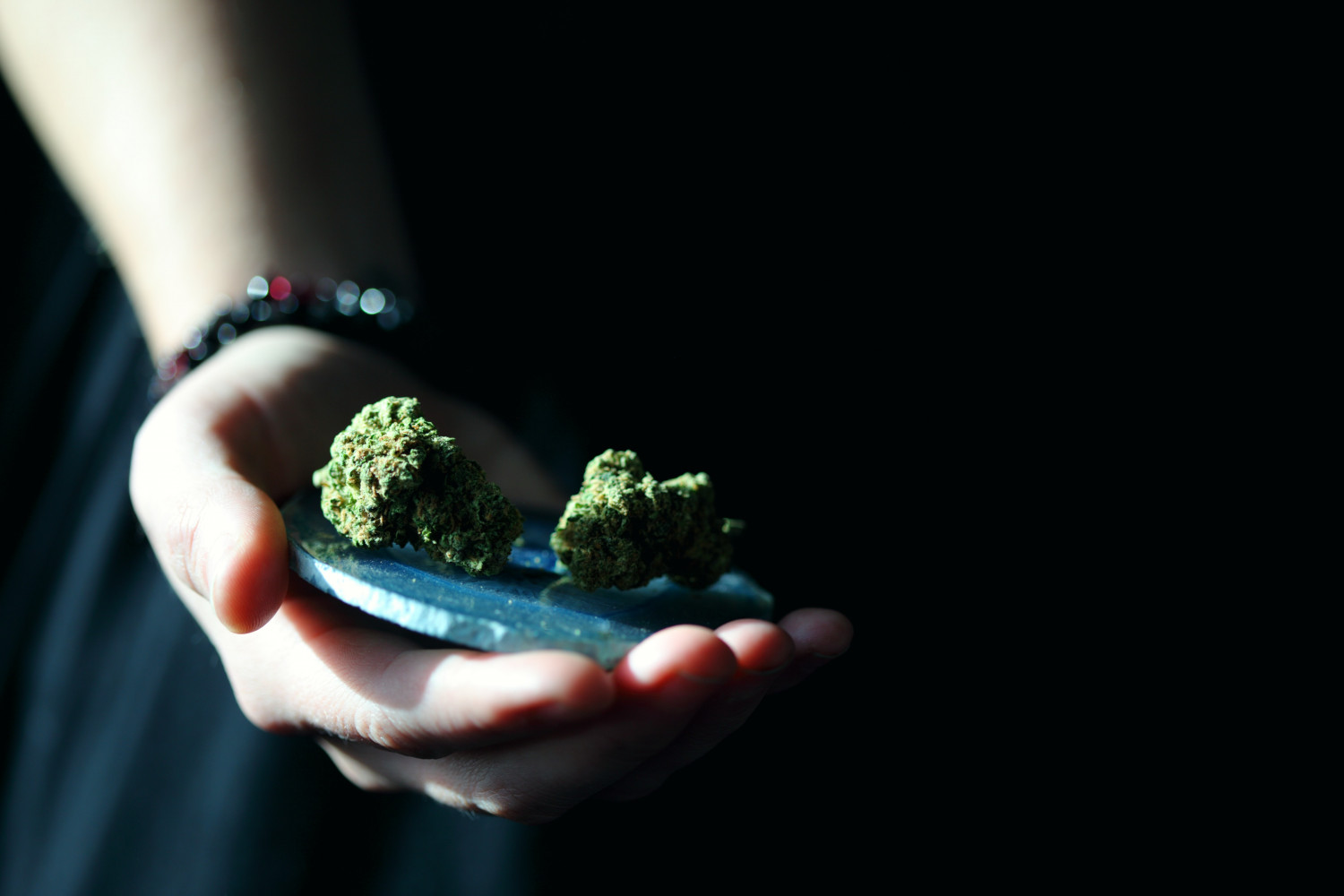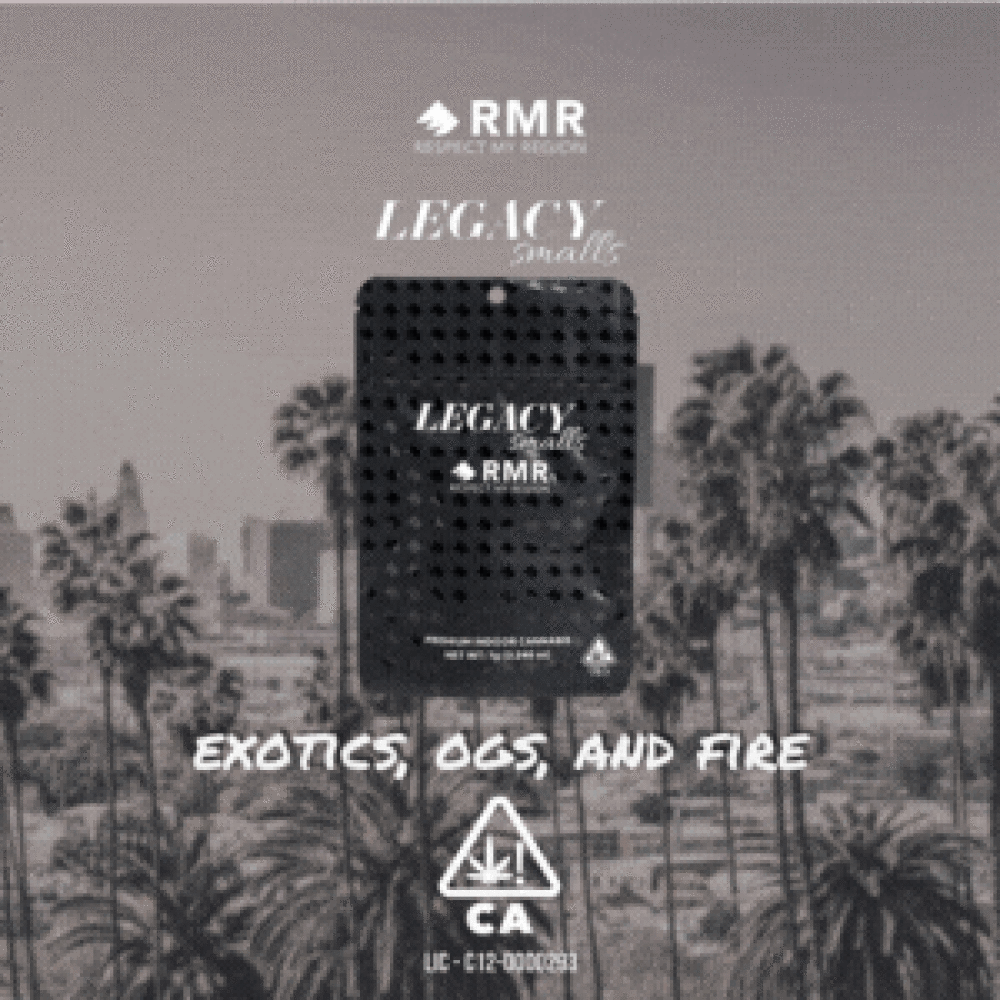Cannabinoids, the chemical compounds found in cannabis that interact with the human nervous system, come in many forms, and create many different effects. Most cannabinoid guides are incomplete.
You may be familiar with the energizing and social Sativa versus the relaxing and calming Indica. You likely also know that cannabis can have medicinal effects. That some cannabinoids can treat seizures, chronic pain, anxiety, nausea, and other conditions or symptoms.
The most commonly known cannabinoids are CBD and THC. This is because CBD, cannabidiol, and THC, tetrahydrocannabinol, are the most studied cannabinoids. Still, they are only two of the over 100 cannabinoids identified in the cannabis family.
More cannabinoids are being discovered as cannabis research advances. Additional uses for cannabinoids are currently under investigation. This guide to cannabinoids summarizes the most recognized and studied cannabinoids so that consumers can better understand cannabis consumption and direct it towards desired effects.
THC (Δ9–tetrahydrocannabinol)
THC, specifically Delta-9 THC. is the cannabanoid responsible for the psychoactive properties of cannabis. It is the molecule responsible for getting you high.
Over the years, cannabis breaders have selected for this one cannabinoid due to its ability to create euphoria. The result is THC dominant strains. These are the strains that most commonly grace the shelves of your dispensary. It is now one of the most abundant cannabinoids in modern cannaibs products.
THX binds with CB-1 receptors in the body to produce elation, relaxation, and euphoria. Medicinally, THC has been used to help with pain relief, digestion, and mood promotion. It has also been shown to treat symptoms of Parkinson’s disease, epilepsy, sleep apnea, and HIV/AIDS.
Due to the psychotropic effects of Delta 9, it is also known to produce paranoid, anxiety, or trigger dizziness and headaches.
Δ8–tetrahydrocannabinol
An analog of Delta 9 THC, Delta 8 THC differs only by a few atomic bonds. The result is a change in binding affinity to CB1 and a decreased psychoactivity. While Delta 8 THC creates less of a high, it is still responsible for a number of effects.
Delta 8 THC has antiemetic, anxiolytic, appetite-stimulating, analgesic, and neuroprotective properties according to the National Cancer Institute. It is also more shelf-stable than Delta 9 THC, so could be a better candidate as a prescription drug.

Depending on if Delta 8 is cannabis or hemp-derived, it may or may not be a controlled substance. The 2018 Farm Bill nationally legalized hemp-derived cannabinoids as long as the formulation contains less than 0.3% THC (meaning Delta 9 THC). Presently, a number of companies sell Delta 8 THC products online.
THCP (tetrahydrocannabinol sphaerophorol)
Until recently, THC (both Delta 9 and Delta 8) were believed to be the only psychoactive cannabinoids. An Italy-based research group published the discovery of two new cannabinoids, THCP and CBDP. Although similar in structure, THCP has a longer carbon+hydrogen (alkyl) side chain attached (“P” indicating the suffix “-phorol” from “sphaerophorol”.)
The researchers investigated THCP’s effects on mice utilizing the Tetrad Test, a model to evaluate the effect of molecules on the CB1 receptors in rodents. The results indicated that THCP got mice 30 times higher. No known medicinal effects have been identified at this time.
Although more research is needed to understand this chemical, the findings seem to indicate that the variability in how users experience different strains is due to cannabinoids, not terpenes as previously believed.
CBD (cannabidiol)
The second-most well-known cannabinoid is CBD, cannabidiol. CBD does not produce intoxicating effects associated with THC. CBD has greater affinity for binding with CB-2 receptors found throughout the body.
As such, it produces effects that are more physiological.
- Pain Management effects have been found in multiple studies. One study found elderly patients significantly reduced their use of prescription pain medication as a result of switching to CBD.
- Epilepsy is one of the most studied conditions for CBD treatment. Although results vary, many studies have shown significant anticonvulsant properties attributed to CBD.
- Neurodegenerative Disorders include Parkinson’s Disease, Alzheimer’s Disease, and Multiple Sclerosis. Multiple studies found significant increases in well-being and quality of life.
- PTSD symptoms in patients lessened in severity upon oral administration of CBD in one study, but more studies are necessary.
- Psoriasis & Skin Cancer may be treatable with CBD as one study showed it reduced the proliferation of skin cells.
- Sleep and Anxiety Disorders have been effectively treated by CBD in multiple studies. Social anxiety was significantly reduced by CBD alone and may help provide balance to patients.

CBD rich strains are becoming more desirable as new effects are identified. Now, more and more breeders are selecting for CBD dominant cannabis strains.
CBG (cannabigerol)
Non-psychoactive like CBD, cannabigerol is often only present in very small levels because it is a precursor molecule. The plant uses CBG to create THCa and CBDa. Still, residual amounts exist in the plant.
CBG is thought to be effective in treating glaucoma because it reduces intraocular pressure. In addition, it is a powerful vasodilator and has neuroprotective effects. Other studies have identified effects including decreased inflammation in inflammatory bowel disease, neuroprotection in Huntington’s disease, cancer cell growth inhibition, and finally, antibacterial properties.
CBN (cannabinol)
CBN, cannabinol, is one of the few psychoactive cannabinoids. It is only marginally psychoactive compared to THC and found in only trace amounts in most cannabis.
Unlike other cannabinoids that share CBG as a precursor, CBN is a degraded product of THCA. When THC undergoes prolonged exposure to oxygen or ultraviolet light, it creates CBN. This is why old cannabis products may lose potency as THC decreases and CBN increases.
It’s often present at a very low level in most popular strains. More research is needed to understand the effects of CBN. Preliminary research indicates that the CBN cannabinoid is effective as a sleep aid and remedy against arthritis.
CBC (cannabichromene)
Like CBD, CBC, cannabichromene, is a non-psychoactive, minor cannabinoid with major potential. CBC may play a part in neurogenesis and neuroplasticity, key functions of brain health and development.
Interestingly, CBC has also been seen to have anti-inflammation properties without activating endocannabinoid receptors. There is speculation that its benefits can be enhanced when it interacts with other cannabinoids that do bind to receptors.










